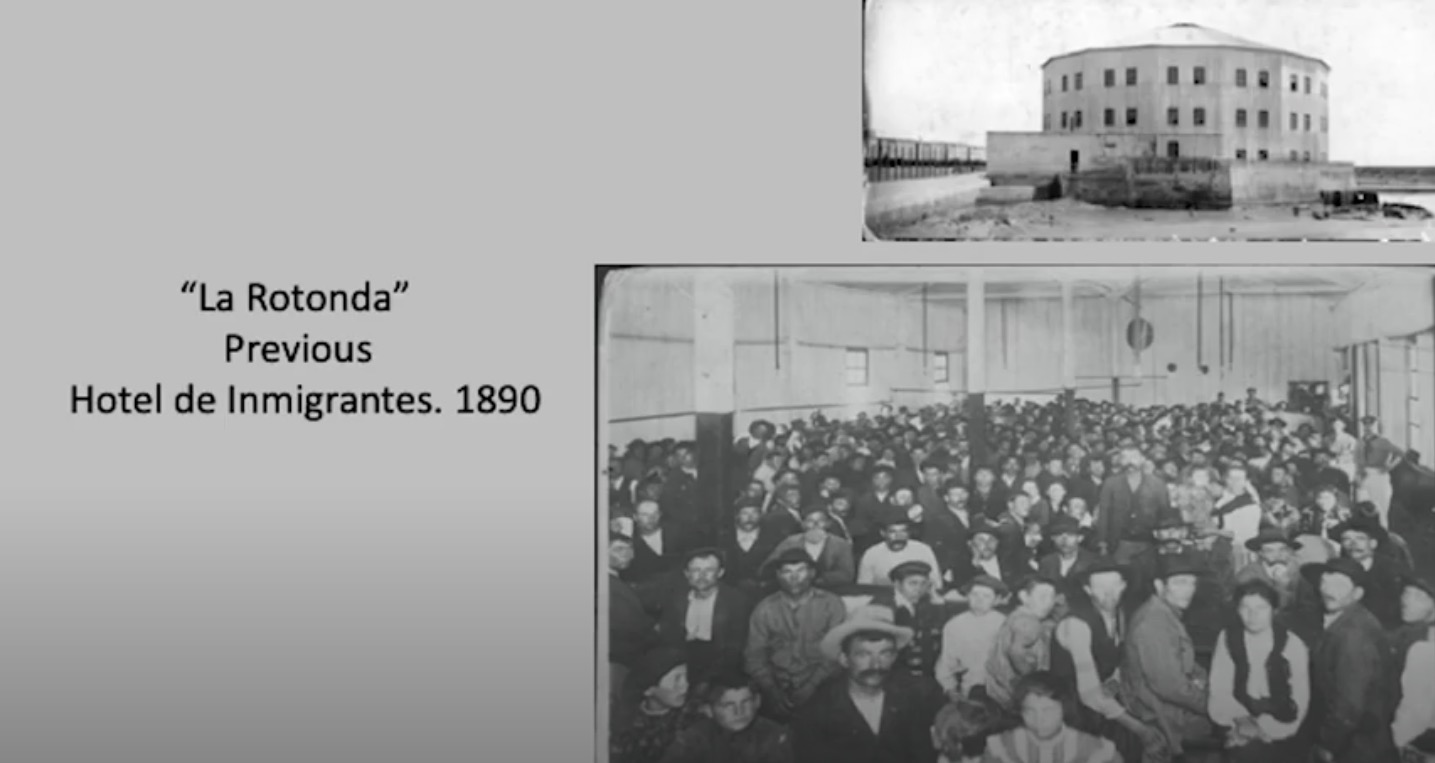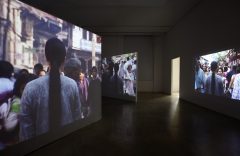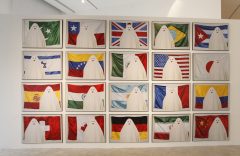
The Muntref Immigration Museum participated in a videoconference with the Australian institution in which the identity tensions that affected the Italian community in Argentina were discussed.
Under the title “Contests for Italianness. Italians in Argentina from the beginning of mass immigration to the Great Depression (1930)”, Marcelo Huernos, (researcher and content producer at the MUNTREF Immigration Museum), lectured on the identity tensions that affected the Italian community in Argentina from its arrival at the end of the 19ths century, until the end of the 1920’s.
Invited to participate in the Italian Australian cultural series online organized by the Italian Assistance Association (Co.AS.IT) for its Italian Museum in Melbourne, Huernos gave his lecture through a nearly-half-an-hour video in which he detailed the complex relationship between Italian migrants and their descendants with their culture of origin. « The focus is on Italianness and the struggle between the Argentine state and the Italian state disputing the human capital that the children and grandchildren of immigrants was ; » he explained.
According to him, that struggle took place because the Italians who arrived at that time, even though they were more identified with small regions and counties than with a nation itself, built an Italian identity to feel proud of in our country. « Although there wasn’t much in common between someone from Lombardy and someone from Calabria, both individuals needed to build an « us » that would contain them», the historian said.
The lecture emphasizes the factors that contributed to the process of integration into the local culture, such as the change in socio-economic conditions that allowed upward social mobility, the passage into the neighborhoods, and the interaction with other cultures and traditions at sports clubs, neighborhood and development associations, as well as the compulsory nature of public school and military service.
School as a transmitter of values played a key role. It was necessary to create an individual proud of the local past, so, to this end, celebrations of national holidays and storytelling from the days of independence wars were articulated, so that the children of Italians could contrast the greatness of Italy, Julius Caesar and Dante, with such figures as San Martin, Belgrano or Güemes”, exemplified Huernos.
Yet, while the Argentine school operated to instill patriotic identities, in the 1920’s, fascism began to play a very active role in trying to capture the Italians living here and their descendants through organizations such as the Fasci Italiani all’Estero.
“Such was the conflict, Italy wanted to Italianize them and Argentina wanted to Argentinize them. In Australia, integration took place relatively recently, whereas in our country, it occurred more than a hundred years ago; hence the interest they have in learning about these processes”, Huernos summed up.
In addition, the researcher said that his collaboration with Co.AS.IT is the beginning of forthcoming exchanges for the organization of an international congress on Italian Diasporas planned for next year and hosted by MUNTREF.
News











